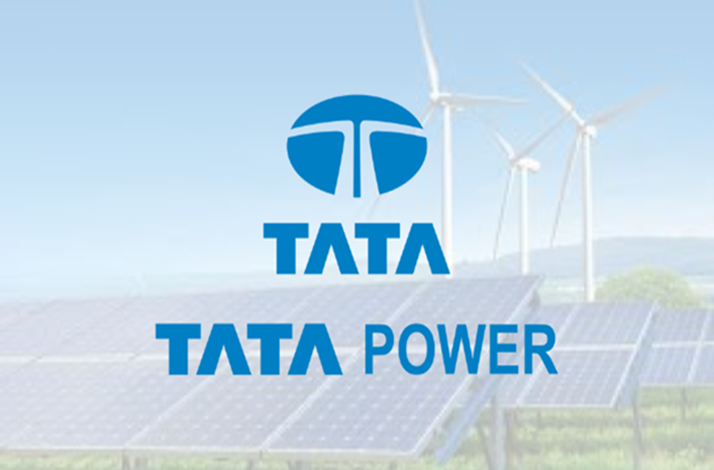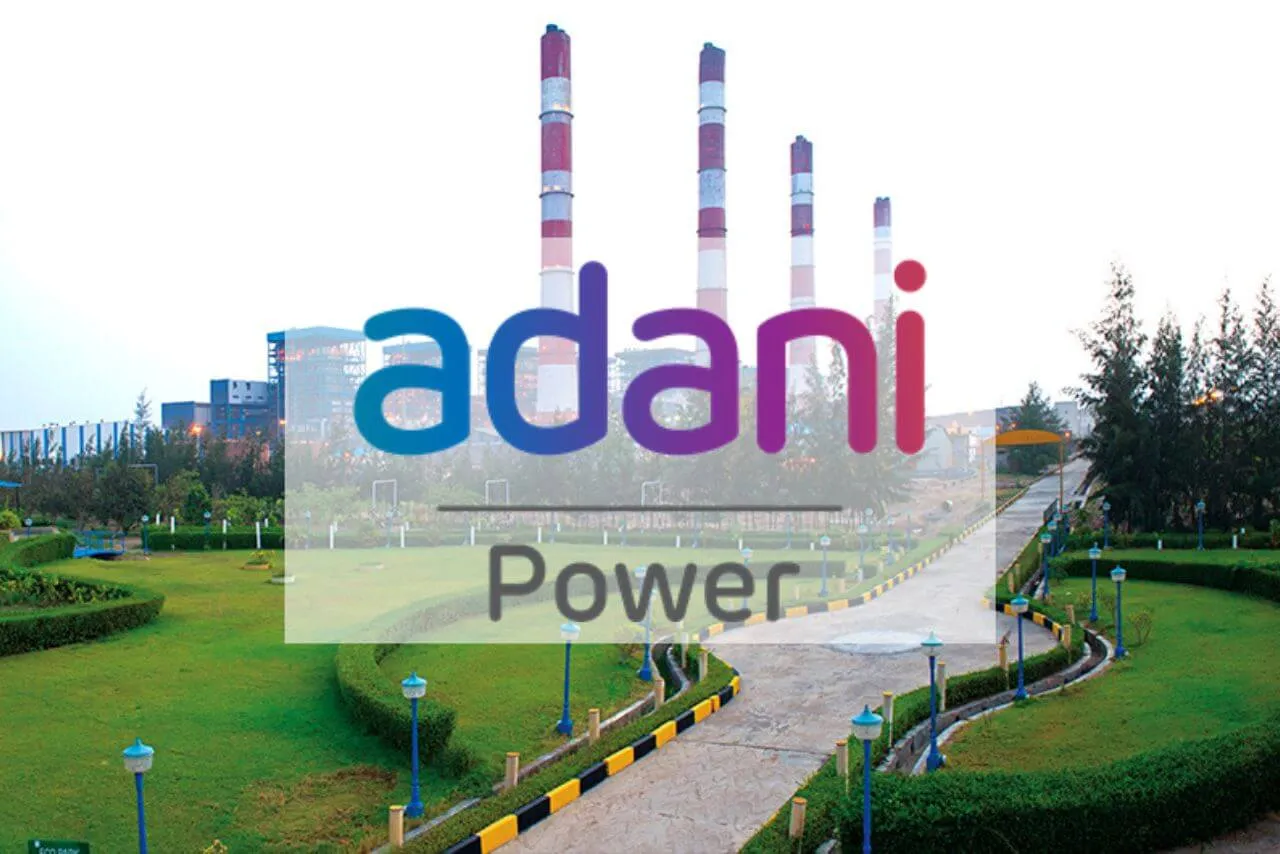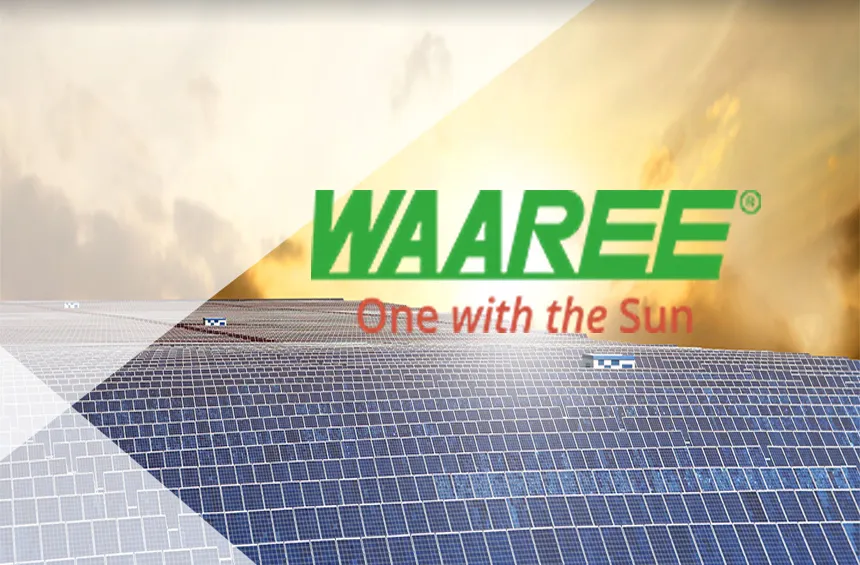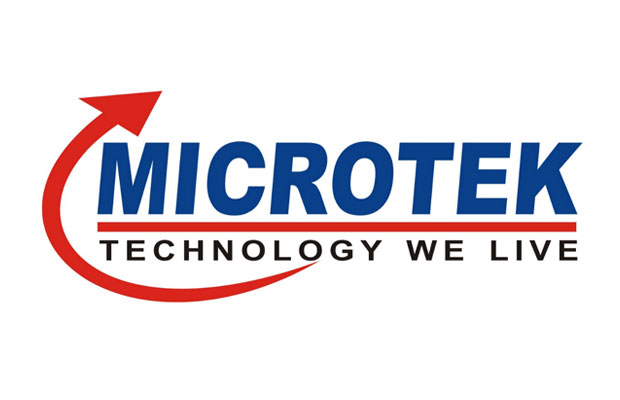Polycrystalline Solar Panels
Polycrystalline Solar Panels | Cost-Effective | Wellborn Digital
Polycrystalline solar panels offer a practical and affordable pathway to adopting solar energy. Known for their distinctive blue color and high efficiency, these panels are an excellent choice for both residential and commercial applications.
What Are Polycrystalline Solar Panels?
Polycrystalline solar panels are made from multiple silicon crystals that are melted and poured into a mold. Unlike their monocrystalline counterparts, which are made from a single crystal, polycrystalline panels utilize fragments of silicon, making them more affordable and slightly less efficient.
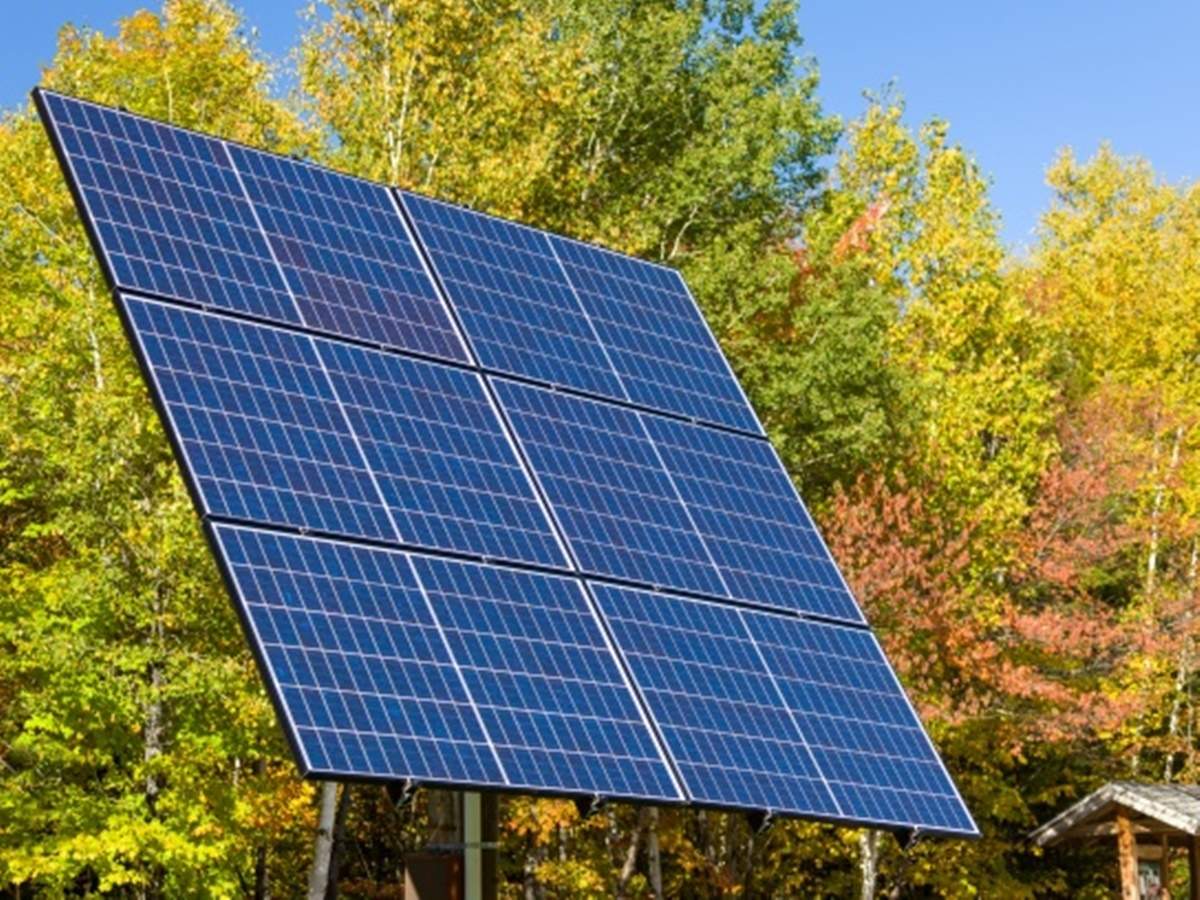
Key Benefits of Polycrystalline Solar Panels
Cost-Effectiveness
Polycrystalline solar panels are less expensive to produce than other types due to the simpler manufacturing process. This cost savings is passed on to consumers, making it a popular choice for those on a budget.
Durability
These panels are robust and durable, capable of withstanding various environmental conditions, ensuring long-term reliability and performance.
Eco-Friendly
Using polycrystalline solar panels reduces dependence on fossil fuels, decreasing your carbon footprint and promoting environmental sustainability.
Ideal Applications of Polycrystalline Solar Panels
Due to their affordability and versatility, polycrystalline panels are perfect for large-scale installations such as solar farms and residential rooftops where space is abundant and a slightly lower efficiency rate is acceptable.
Installation and Maintenance
Installing polycrystalline solar panels is straightforward, and they require minimal maintenance, making them a user-friendly option for many property owners. Regular cleaning and occasional checks are sufficient to maintain optimal performance.
FAQ
If you don't see an answer to your question, you can send us an email from our contact form.
Send EnquiryPolycrystalline solar panels are made from silicon. Unlike monocrystalline panels made from a single crystal of silicon, polycrystalline panels are crafted from multiple silicon crystals melted together. This gives them a distinctive blue, speckled look due to the light reflecting differently from the multifaceted silicon surface.
The manufacturing process of polycrystalline solar panels involves melting multiple silicon fragments together to form the wafers for the solar cells. This process is less wasteful compared to the more labor-intensive methods used for monocrystalline panels, making polycrystalline panels more affordable.
- Cost-Effectiveness: Generally less expensive than monocrystalline panels due to the simpler manufacturing process.
- Reduced Waste: The production process generates less silicon waste.
- Energy Efficiency: While slightly less efficient than monocrystalline panels, polycrystalline panels still provide adequate efficiency for most residential needs and are improving with advances in technology.
While both types of panels are made from silicon, monocrystalline panels are made from a single silicon crystal, whereas polycrystalline panels are made from melted fragments of silicon. This results in differences in efficiency, cost, and the appearance of the panels: monocrystalline panels are typically more efficient and have a uniform black color, while polycrystalline panels have a blue hue and are less expensive.
Polycrystalline solar panels perform better in sunny conditions. They can still generate power in low-light conditions but with reduced efficiency. Their performance in cloudy or shaded conditions is generally less effective compared to monocrystalline panels.
Polycrystalline solar panels typically have a lifespan of 25-30 years. Most manufacturers offer a 25-year warranty that guarantees that the panels will perform at a certain level of efficiency throughout their lifespan.
Choosing the right type of solar panel depends on several factors including your budget, roof space, and energy needs. Polycrystalline panels are a good choice if you are looking for a cost-effective solution and have ample roof space to compensate for their slightly lower efficiency rates compared to monocrystalline panels.
Polycrystalline solar panels require minimal maintenance. Regular cleaning to remove debris, dust, or snow and periodic inspections to ensure the panels and associated systems are functioning properly are generally sufficient.
Happy Customers
Customer satisfaction is our major goal. See what our customers are saying about us.
